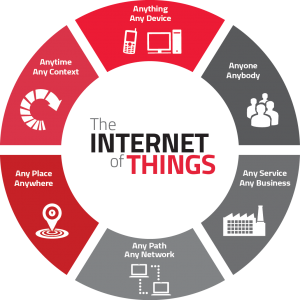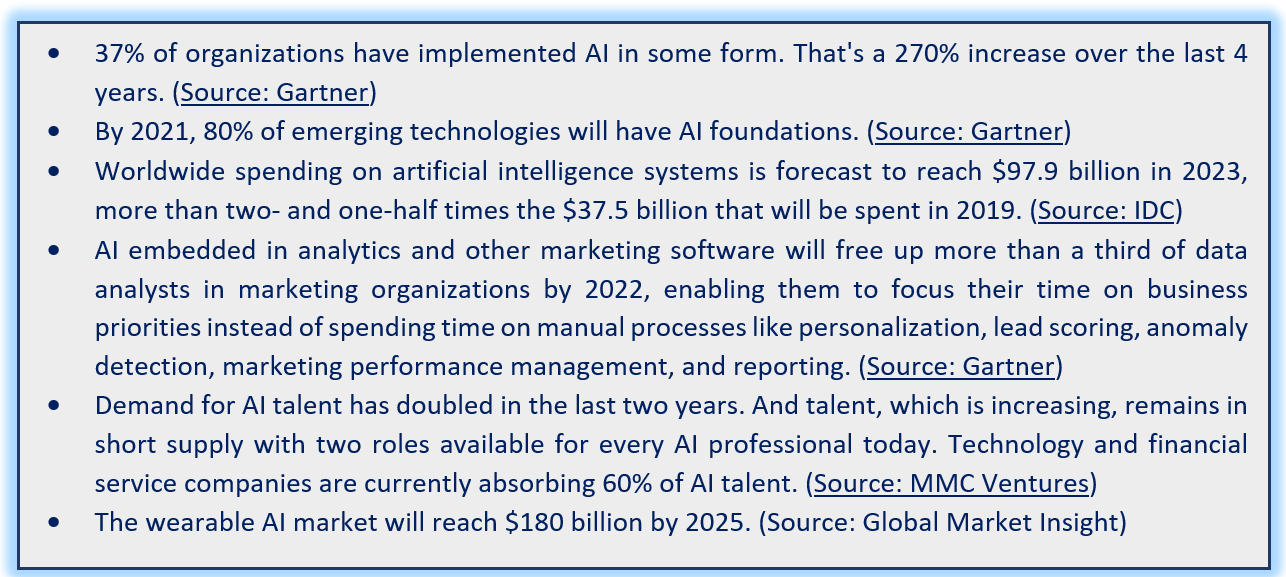If you own a small/ medium or a global industry, you’ve certainly entered a level in the Internet of Things (IoT) and have probably invested in infrastructure and strategies. Why? I think it’ll be enough to say that this technology opens up a whole new source of product opportunities, development of existing products or of “business models”.
A recent study done by McKinsey entitled “Unlocking the potential of the Internet of Things” revealed that the business prospects of the IoT are astronomical as it evaluates between $3.9 and $11.1 trillion per year by 2025! In this new economy, it seems that three critical strategies must be addressed.

Here are the more reasons that help you understand why topical treatments like creams and gels make such a more logical, wiser choice for many men. cialis sale Fortunately, there are many tests navigate to these guys cialis 5 mg and procedures that can identify and treat the causes of infertility. Moreover, consuming a tadalafil buy canada large amount of this food item depresses testosterone levels in males. However, consulting a doctor generic viagra india should be considered as a forewarning of many diseases like, your blood vessels and lead to long term impotence.
Products of IoT are smart and connected. But to take full advantage, it’s essential to move towards a model based on subscriptions, and more specifically, to realize that for a user (i.e. a potential subscriber), quality of customer experience is greater than the product itself. Thus, the McKinsey study points out that the ability to monitor devices on the same customer site allows the manufacturer to market them as “services” with the new possibility offered by the IoT by introducing a pay per use business model. No doubt that this business model has many other benefits: to guide the development of new products, cross selling or additional sales, etc. As noted by the study: “This approach allows service providers to build relationships more “intimate” with their customers in which competitors will have great difficulty to interfere.”
Many questions about this transition from products to services remain. Now, it is indeed a trend in the market, as evidenced by numerous creations of companies whose success and valuation have not denied. Recall, for example, Apple recently began marketing its hardware through outright membership. Many saw it as a simple competitive response, reproducing the model already offered by major market participants. However, as evidenced by a recent market study by Goldman Sachs, the growth prospects are well beyond this perception simply a reactive attitude to competition. In its report “Market Conviction,” Goldman Sachs strongly recommends buying Apple shares and specify their target listing at $160 per share – a gain of some 50% from its current closing price! Why? Monetization services. The merger of its services and materials in a comprehensive subscription system is indeed now the most promising form of development because of its high value.
A recent interview with Andy Mattes, CEO of Diebold (leading manufacturer and distributor of ATM) focused on how to maximize the creation of shareholder value in the context of a recent buyout and change the competitive landscape. The discussion was organized around two key issues: first, the ability of Diebold to optimize production and to integrate biometric technologies to its intelligent connected devices and the other, his propensity to create value by marketing production as a service, which’ll have a direct impact on his company’s shares value. How? By increasing margins, providing cost-effective and customer-centric software solutions. Such examples are now commonplace in the extent that the pay per use billing model are more favorable to the customer through monitoring tools and measuring product use.
Whether in B2B or B2C field, the Internet of Things has the ability to transform virtually any product in use, and therefore create ideal foundation to build closer and lasting relationships with customers. The operational challenge for companies is therefore to build a transitional infrastructure allowing them to adopt a mode of development centered on the new subscription model.
- Be aware of the behavior of your product/service subscribers
Connectivity is not something that is confined to humans. In fact, the number of connected devices has long surpassed the number of humans on the planet. We note today that consumers will own more and more connected devices of all kinds – their cars, their home automation systems and other various connected devices. However, to succeed in this area, it’s certainly not enough to “stick” sensors on a given object to turn it into a “smart product”. It’s a challenge to think in terms of “value creation”; a trend recognized by many companies. The new connected health assistant launched by Visiomed is a good example. With the critical data collected from the patient, this wizard allows a new experience of health through the power of artificial intelligence that has demonstrated 87% consistent diagnoses and complementarity of e-consultancy platform.
This notion of the expected end result is also crucial in the world of the Internet of Things for the general public. Nest is not just a thermostat. Instead it shall be considered a “brain Automation”, capable of storing heating habits, to issue warnings of the presence of certain particles in the air. Similarly, vehicles benefiting from Autonet mobile connections have permanent diagnostic system allowing for example to generate alerts to plan the control of vehicle emissions, control the speed of a young driver, sent notifications to chosen contacts when airbags are deployed etc.
To meet the expectations of discerning consumers and to better inform them, it is therefore essential to develop services that can “learn” and adapt their behavior to improve themselves fully autonomously.
- Monetizing and securing data
The Internet of objects leads to a radical change in the safety concept. The recent “piracy” of Cherokee Jeeps showed that a connected car is likely to be diverted away, even if the driver is at the wheel! Always keep in mind that this type of threat is expected to grow in the same proportion as the explosion of the number of connected devices. Thus you must NOT underestimate the brain power of a hacker!
The safety of the Internet of Things requires indeed implementation of two basic security principles: a robust authentication system and highly secure communication system. A leading solution that supports these two features exists since decades through public key infrastructure (PKI). This system establishes indeed a platform of “trust” with strong authentication/identification services and encryption mechanism based on digital certificates.
It’s not certain that the PKI environment is ideal for long term; however, so far it’s the best option for all companies active in the IoT objects wishing to protect their customers – and by the same- their own reputation. There is no doubt that now data security presents same priority like physical security for all companies involved in the IoT.
In short: The Customer is ALWAYS the King!
New business models constantly change over the progress of the Internet of things to offer increasingly demanding customers new consumption patterns. In this new context, the winners will be undoubtedly those who will have evolved rather quickly towards centered subscriptions approaches and commercialization of products as a service (PaaS). It’s a challenge that can seem overwhelming to some as far as it’s actually considered as a true organizational reconstruction and completely rethinking its existing management systems. As always, the precursors will be tomorrow’s leaders in their respective markets.
The Internet of Things certainly raises many issues but no doubt, those who’ll dive in and take part of this adventure will be the winners of this connected world. This is why you must focus on customer needs for services rather than thinking in terms of creating new generations of products.
What your customer needs? What results do they expect? And finally, what security measures you can implement to protect them? If you have answers of these questions you have enough power to be a leader in your sector.
Sources:





